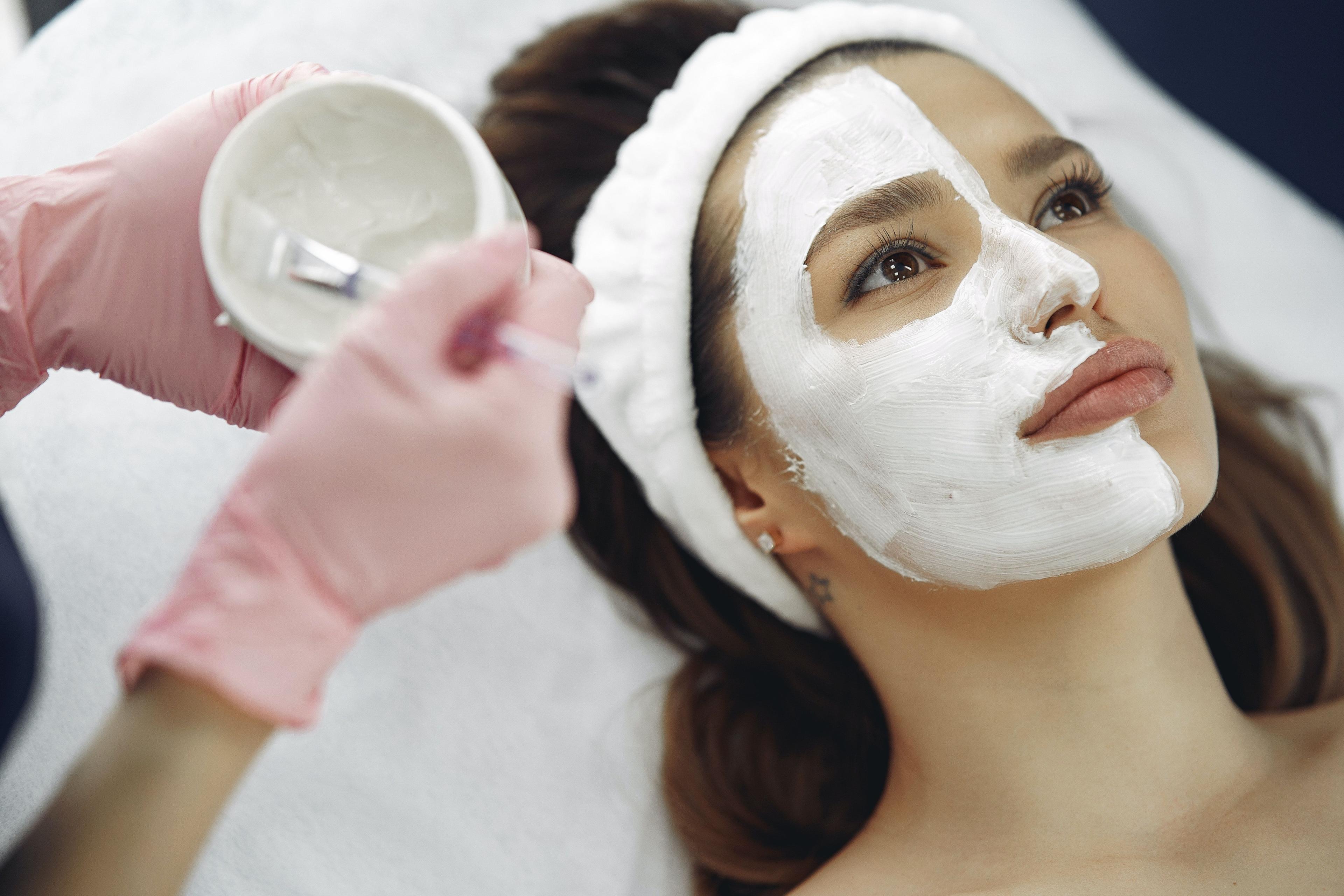Choosing the Right Oxidizer: A Comprehensive Guide for Optimal Results
In various industries, from water treatment to hair coloring, the choice of an appropriate oxidizer is pivotal for achieving desired outcomes. Oxidizers, chemical compounds that can accept electrons from other substances in a reaction, are integral for processes such as disinfection, bleaching, and chemical synthesis. However, with a plethora of options available, selecting the right oxidizer can be a daunting task. This article aims to demystify the selection process, providing insights into the most common types of oxidizers and their optimal applications, ensuring you make an informed decision tailored to your specific needs.
Understanding Oxidizers
Oxidizers play a crucial role in driving chemical reactions by gaining electrons from another substance. Their power and effectiveness vary based on their chemical composition, making some more suitable for certain applications than others. The most commonly used oxidizers include hydrogen peroxide, chlorine, potassium permanganate, and ozone, each with its unique properties and applications.
Factors to Consider
When choosing an oxidizer, several factors need to be considered to ensure efficiency and safety. These include:
- Specific Application: The nature of the process and the desired outcome dictate the choice of oxidizer. For example, in water treatment, chlorine is frequently used for disinfection, while hydrogen peroxide is preferred in certain industrial bleaching processes due to its less aggressive nature.
- Reactivity and Strength: Different oxidizers have varying levels of reactivity and oxidative strength. Stronger oxidizers are necessary for more challenging applications, such as breaking down stubborn contaminants.
- Safety and Handling: Some oxidizers are more hazardous than others, requiring special handling, storage, and safety measures. It's crucial to consider the safety profile of the oxidizer to ensure compliance with regulations and protect personnel.
- Environmental Impact: The environmental footprint of the oxidizer should also be a consideration. Some compounds, like ozone, break down into less harmful substances than chlorine, which can form potentially dangerous by-products.
Popular Oxidizers and Their Uses
Hydrogen Peroxide (H2O2): Known for its versatility, hydrogen peroxide is used in applications ranging from disinfecting wounds in medical settings to bleaching paper and textiles. It is favored for its relatively benign environmental impact, decomposing into water and oxygen.
- Chlorine (Cl2): Chlorine is a powerful oxidizer commonly used in water treatment to kill bacteria and other pathogens. However, its use requires careful handling due to its toxic nature and potential to form harmful by-products.
- Potassium Permanganate (KMnO4): This strong oxidizer is used in water treatment for controlling taste and odor and removing iron and hydrogen sulfide. Its intense reactivity makes it effective but necessitates cautious handling.
- Ozone (O3): Ozone is a highly reactive gas used for disinfecting water and treating industrial effluents. Its ability to revert back to oxygen makes it environmentally friendly, though it requires on-site generation.
Selecting the right oxidizer is essential for ensuring the efficiency, safety, and environmental sustainability of various processes. By considering the specific requirements of your application and the unique properties of each oxidizer, you can choose the most appropriate compound to achieve your objectives. Whether for industrial, environmental, or cosmetic purposes, understanding the role and nuances of different oxidizers is key to optimizing outcomes and advancing with confidence in your respective field.









